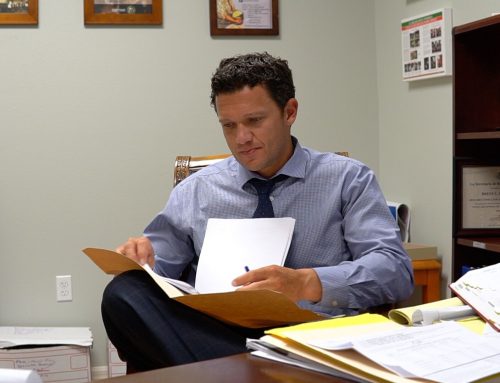Personal injury claims are never straightforward, but when preexisting conditions enter the equation, proving your case before a court can become even more daunting. The presence of a preexisting condition can significantly impact the outcome of your claim, often becoming a point of contention between you and the insurance company. When one side has a vested interest in limiting their financial liability, finding an avenue of attack is often their best course of action – in this case, that best avenue of attack is your preexisting condition. Luckily, you still have options available to fight back and prove your side of the story.

What is a Preexisting Condition?
In the realm of personal injury law, a preexisting condition refers to any medical issue or injury you had before the accident or incident for which you are filing a claim. A preexisting condition could range from chronic illnesses like diabetes to similar previous injuries such as a fractured bone. It’s important to note that having a related preexisting condition does not preclude you from pursuing a personal injury claim. While it may introduce additional complexities, a well-structured case can still prove that the accident in question aggravated your condition, thereby making you eligible for compensation.
Preexisting Conditions in Personal Injury Claims
One of the foundational principles that can work in your favor for Florida personal injury claims is the Eggshell Plaintiff Doctrine. This legal tenet holds that a defendant is liable for all damages caused by their negligence. If an accident worsens an already existing injury or disease, the defendant is liable for the additional harm caused, even if they were unaware of your condition. Sometimes, an accident can even trigger a previously asymptomatic condition to become active. In such cases, the defendant is responsible for the newly manifested symptoms and related damages.
However, this doesn’t mean the path to compensation is straightforward. Insurance companies are notorious for scrutinizing claims involving preexisting conditions. Their primary argument often revolves around attributing your injuries to your preexisting condition rather than the accident in question. This is where a well-documented medical history becomes invaluable. By having comprehensive medical records, you can establish a baseline for your preexisting condition, making it easier to prove how the accident aggravated or worsened it.
While the Eggshell Plaintiff Doctrine and a well-documented medical history are powerful tools, they can only be fully leveraged if you maintain complete transparency throughout the claim process. Honesty is a legal necessity, and failing to disclose a preexisting condition can severely undermine your case. If discovered, this omission can be used against you, casting doubt on your credibility and potentially leading to legal repercussions. Therefore, full disclosure is a strategic move to fortify your case, not just an ideal of truth to live up to.
Proving Causation
Expert testimony is often a lynchpin in personal injury claims involving preexisting conditions. Medical professionals can provide invaluable insights into how the accident exacerbated or aggravated your condition. Their expert opinions can establish a causal link between the incident and your worsened state, strengthening your claim. Diagnostic tests, medical imaging, or even a detailed comparison between your health status before and after the accident can give credibility to your case and provide the concrete evidence needed to counter any attempts by insurance companies to refute your claims. Our team will work with medical experts to promote your interests during negotiations and court proceedings.
If you have just sustained injuries while suffering from a preexisting condition, dealing with an insurance company and navigating their questions can be overwhelming. The personal injury attorneys at Probinsky & Cole can guide you through the process. Call today before your insurance companies bulldozes over your claims.







